We got a taxi to the Big Wild Goose Pagoda where Xuan Zang returned from India in 645 to translate the Buddhist texts brought from India and write his Great Tang Records in the Western Regions. The Pagoda was built in 652 for this purpose and is a number of miles from the ancient walled city of Chang An (now Xi’an). It would have been surrounded by fields in the 7th century.
The Hall of Sakyamuni is the biggest hall in the monastery complex and contains a statue of the Buddha. A hall named “Tusita”, a Sanskrit word indicating the place where the Maitreya (Future Buddha) exists waiting to come down to earth, contains a golden statue of the Maitreya. The 7-storey pagoda contains stairs leading to the top and I climbed them. The building is said to be the first in China combining elements of the Indian Buddhist stupa and the traditional Chinese pagoda. It was built to contain Buddhist relics, figurines and 657 volumes of Buddhist texts, and was built in stone because Xuan Zang feared that a wooden structure would eventually burn down, destroying his life’s work.
Behind the pagoda we went to a temple containing eight inlayed jade sculptures of Buddha Sakyamuni displaying the course of his enlightenment: “Dreaming the elephant and getting impregnated”, “the 7-step lotus”, “a nightly experience of mortal life”, “ascetic practices”, “subduing the devils”, “attaining the supreme enlightenment and becoming a Buddha”, “Da Zhuan Fa Lun” and “Qi Bu Lian Hua”. The sculptures are of natural colour jade.
We then continued in the pouring rain into the gardens behind the complex, and visited the Peony Temple where 50 varieties of peony are growing. Some are rare such as the “Late White Purple”. Peonies have a special place in Chinese history, and people traditionally visited the temple to see the famous “Early Purple Peony. The Yubei peonies blossomed during the night.
In the afternoon, we ventured out into the steady rain and got a taxi to the Bell Tower which sits above a circular underground arcade with shops and routes off to metro lines and te Bell and Drum Towers. They were built in 1380 in the early years of the Ming Dynasty. The Bell Tower has a huge bell which was used to tell the time and the Drum Tower has 12 drums which give different sounds and are used to announce the official beginning of the seasons and as a weather forecast; there are drums for heavy snow, light snow, “white dew”, slight dew, very hot weather etc. The Drum Tower sits at the southern end of the Moslem Market which is a riot of sound, bright neon lights and the smells of cooking from the countless food stalls. There is a mosque in a lane off a road half way down the street but we couldn’t find it.
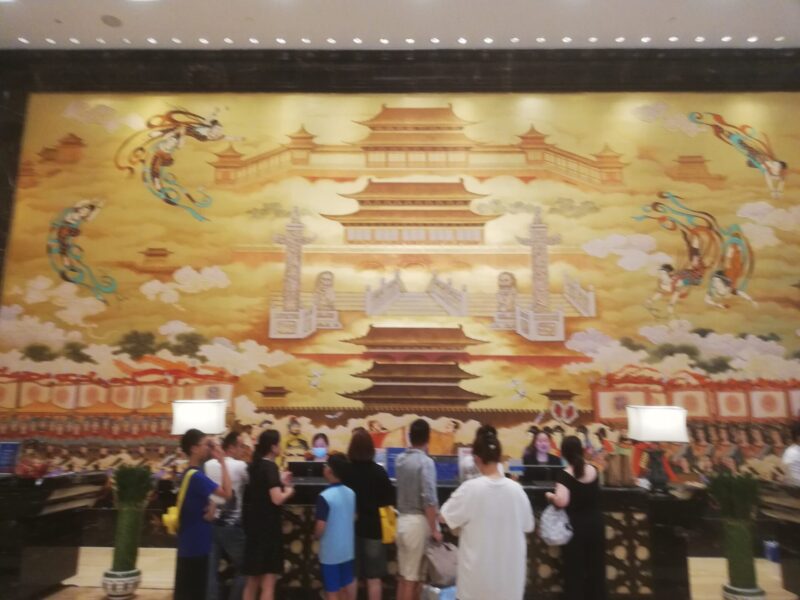
We are staying in the Hilton and this is the painting in reception
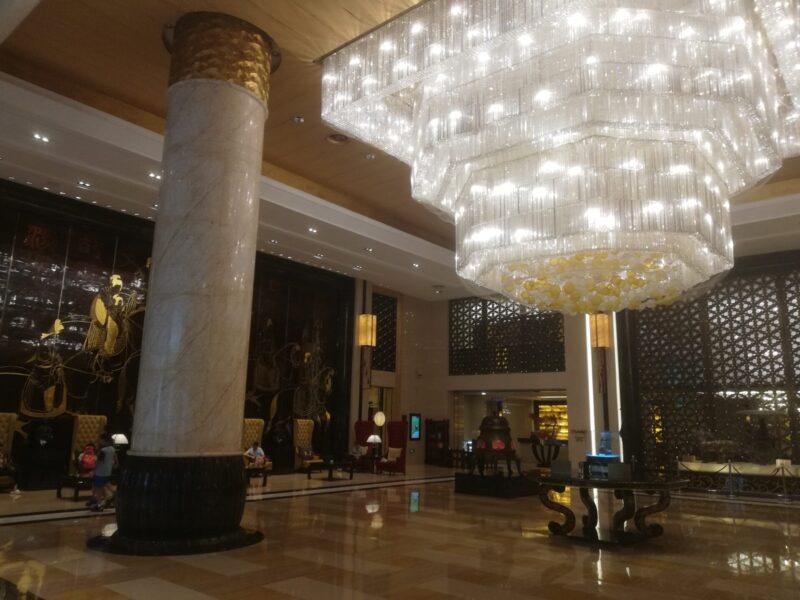
Hotel foyer
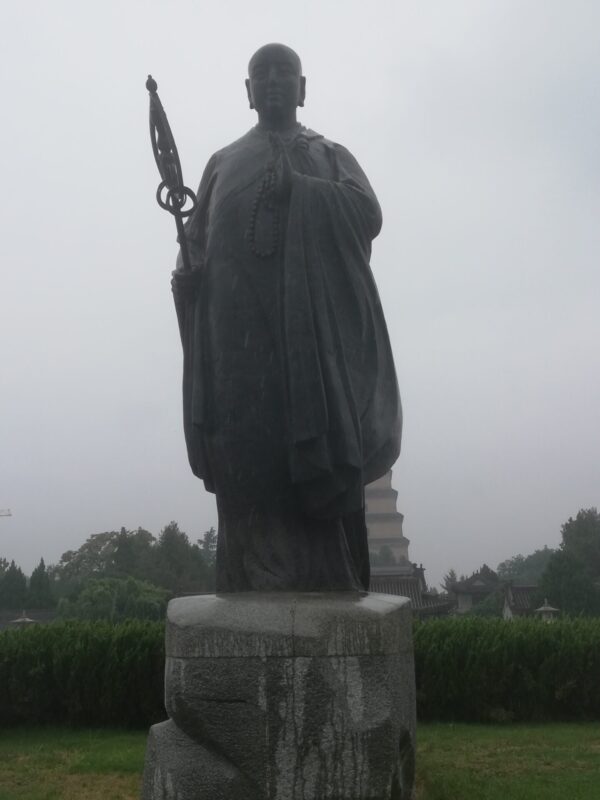
Statue of Xuan Zang before the Big Wild Goose Pagoda

The Pagoda
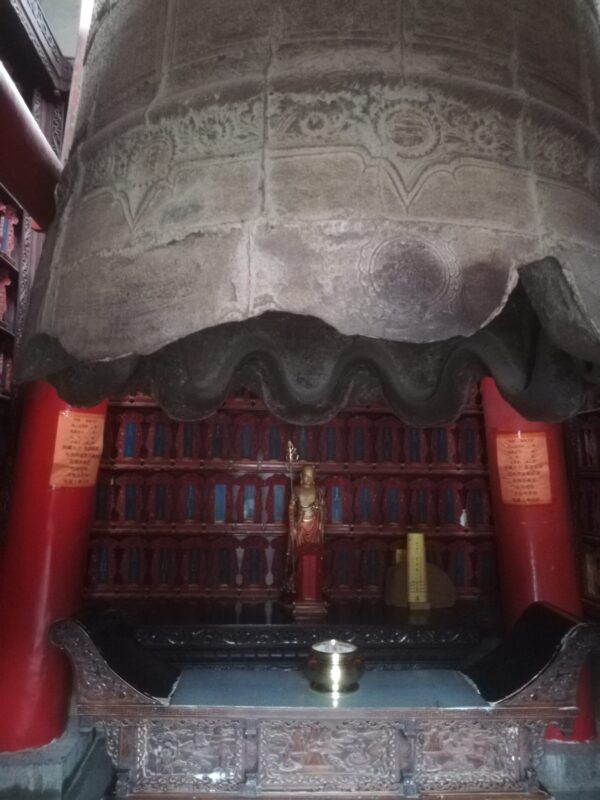
Sakyamuni Hall

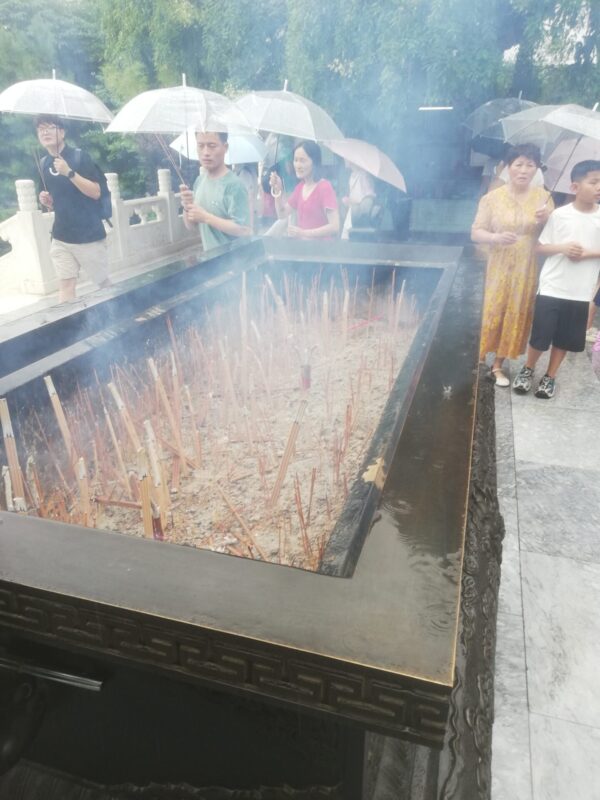
Incense sticks

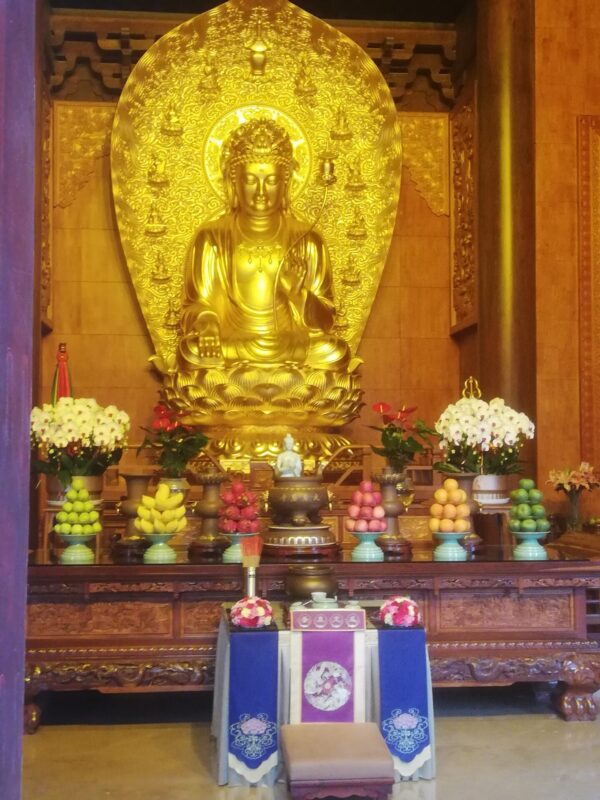
The Maitreya (Future Buddha)

A gilt bronze Buddha from the Ming Dynasty
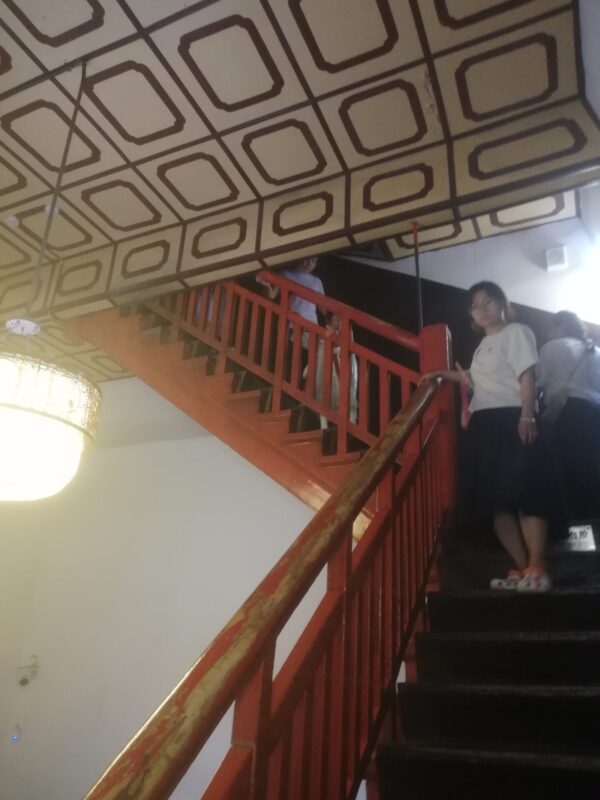
Stairs up the pagoda
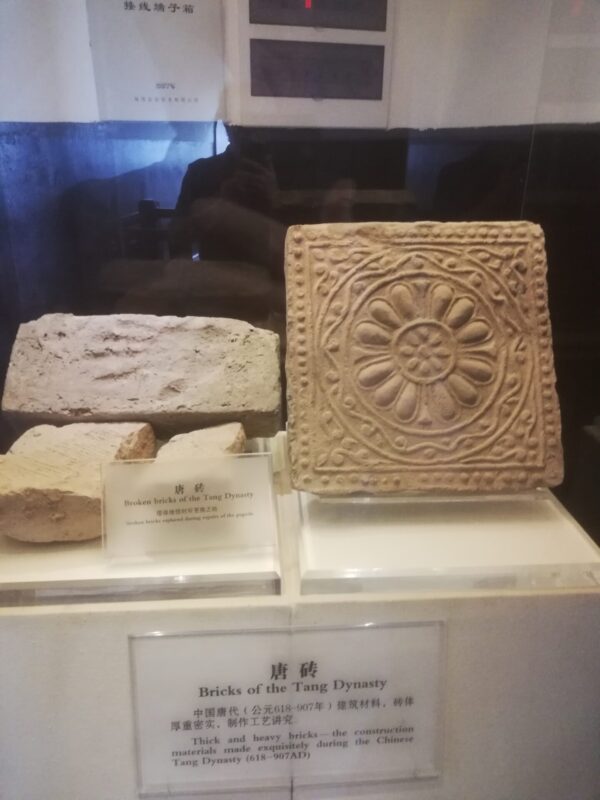
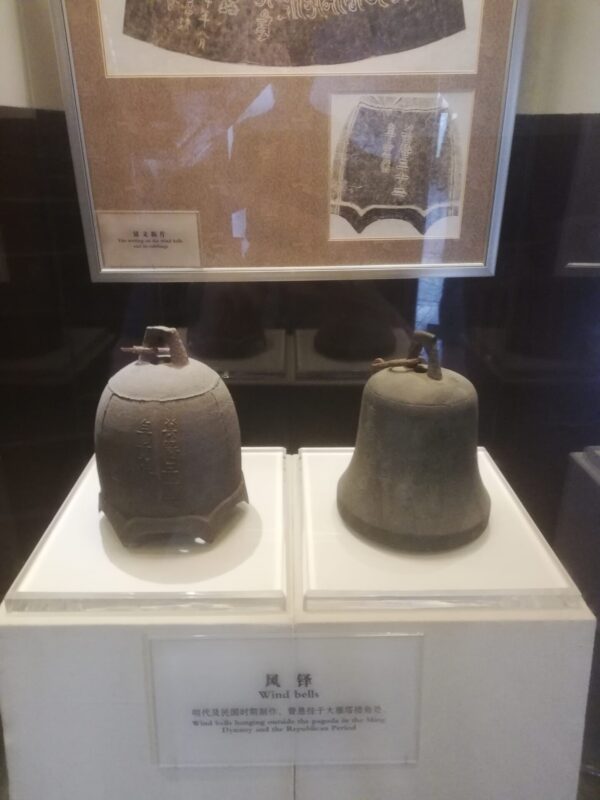
Wind bells which hung outside the pagoda during the Tang Dynasty
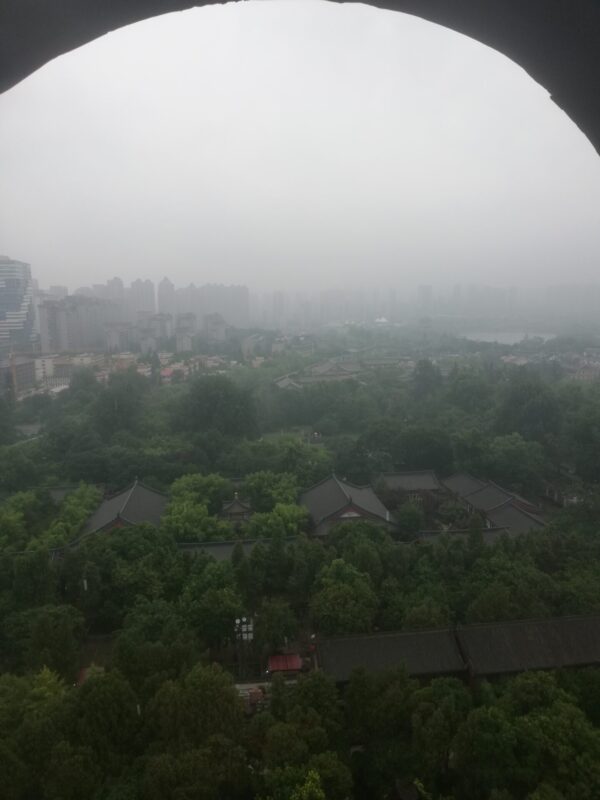
View over the monastery gardens from the top of the pagoda
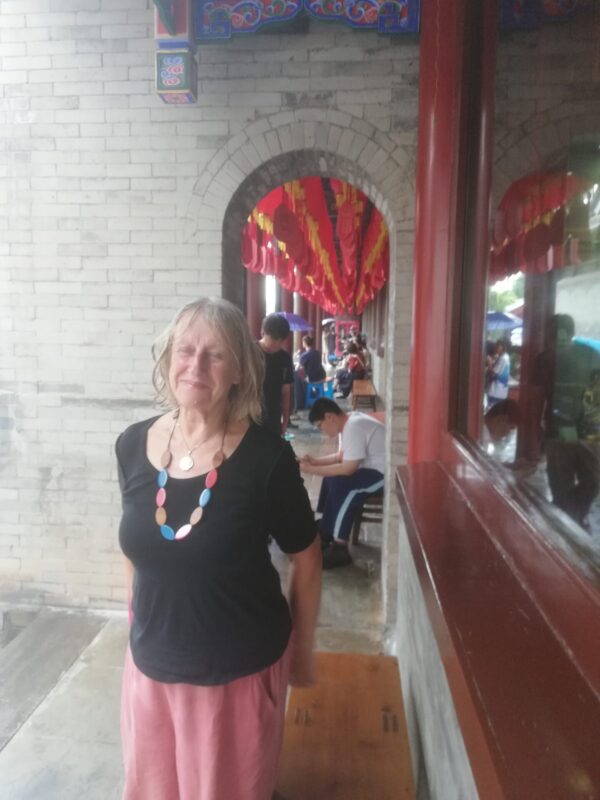
Jennifer in the monastery courtyard

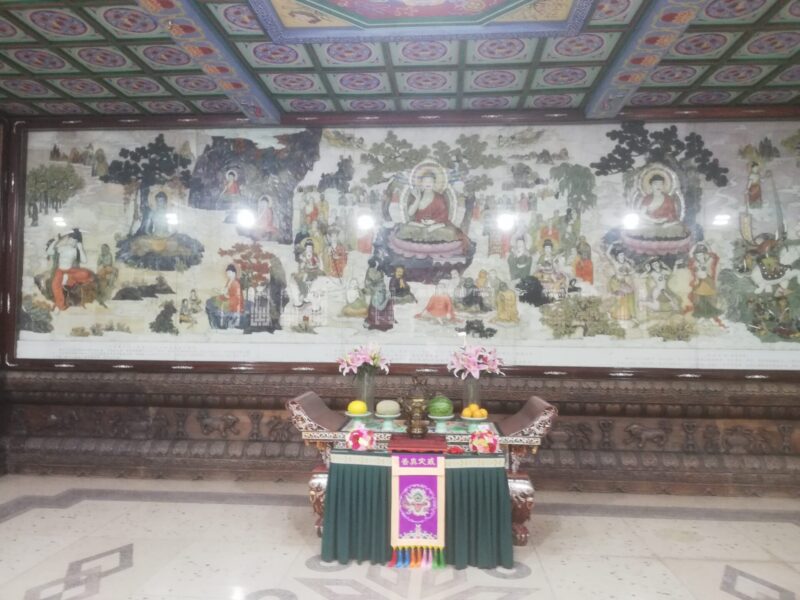
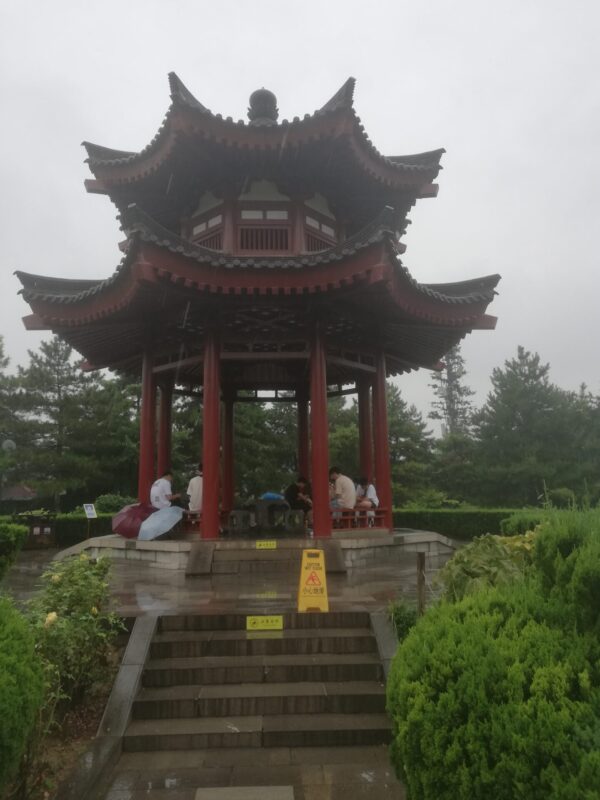
The Peony Garden pavilion
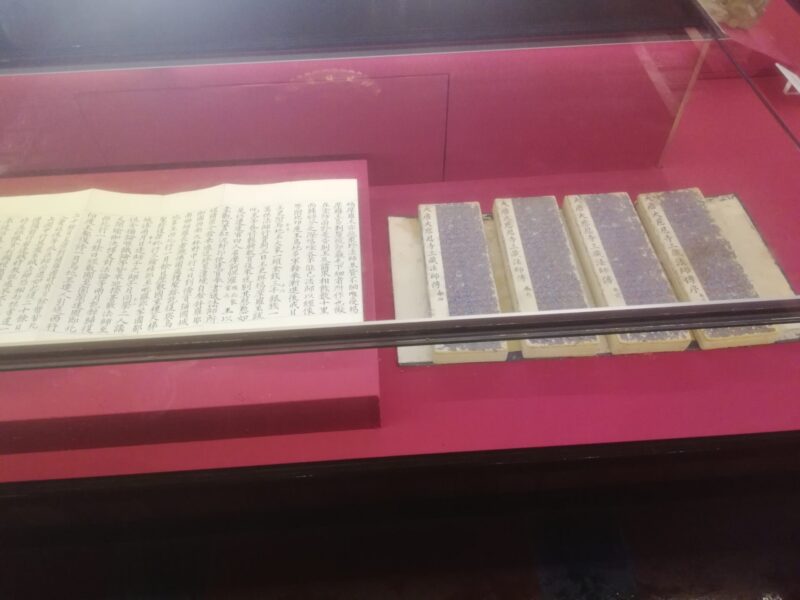
Buddhist scripts in the museum

A buddha from the Tang Dynasty
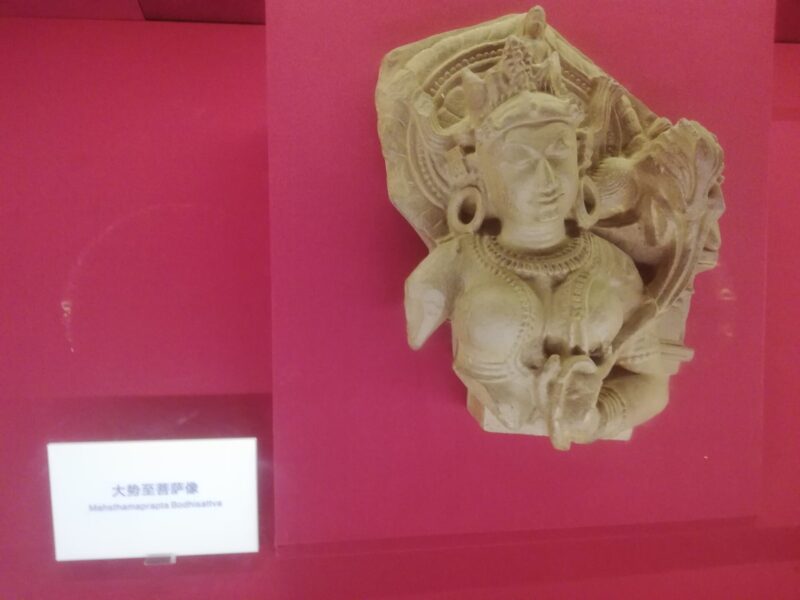
Tang Dynasty boddhisatva
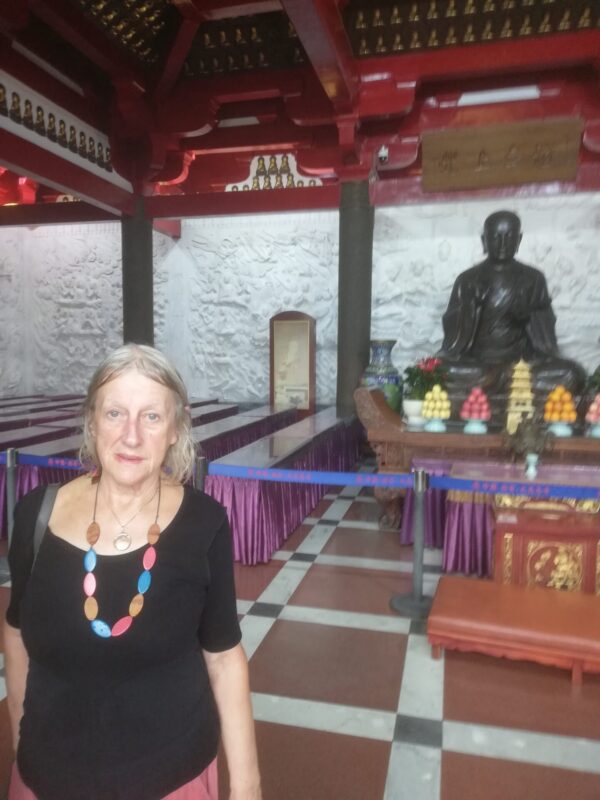
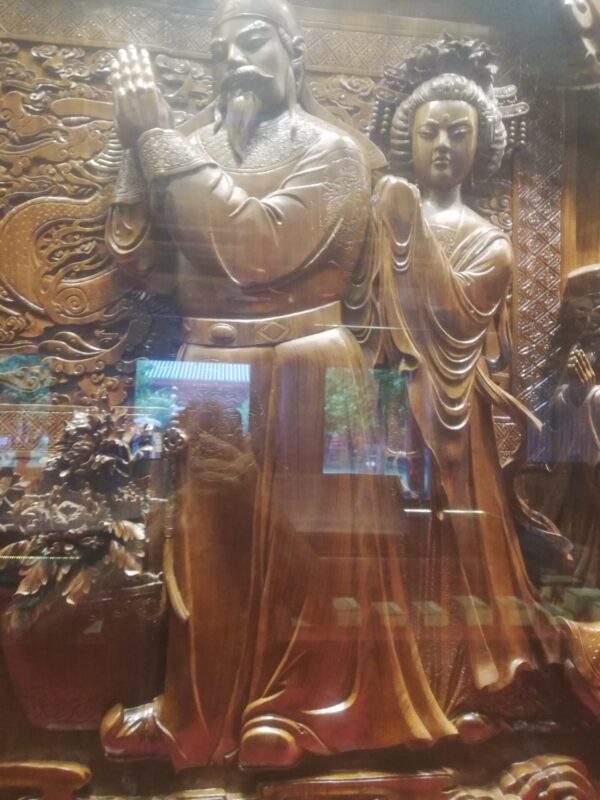
A Tang emperor

Painting of the pagoda before it was engulfed by Xi’an’s urban sprawl
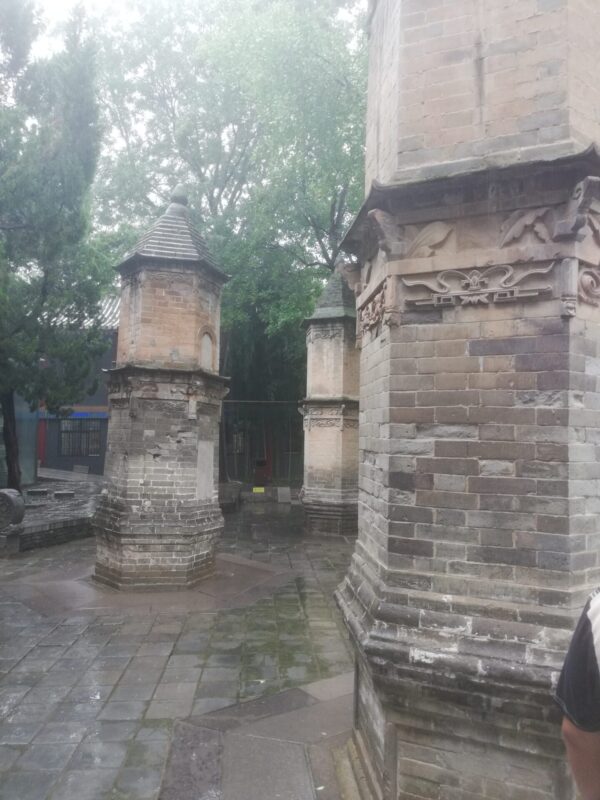
Buddhist stupas

Map of Xuan Zang’s travels
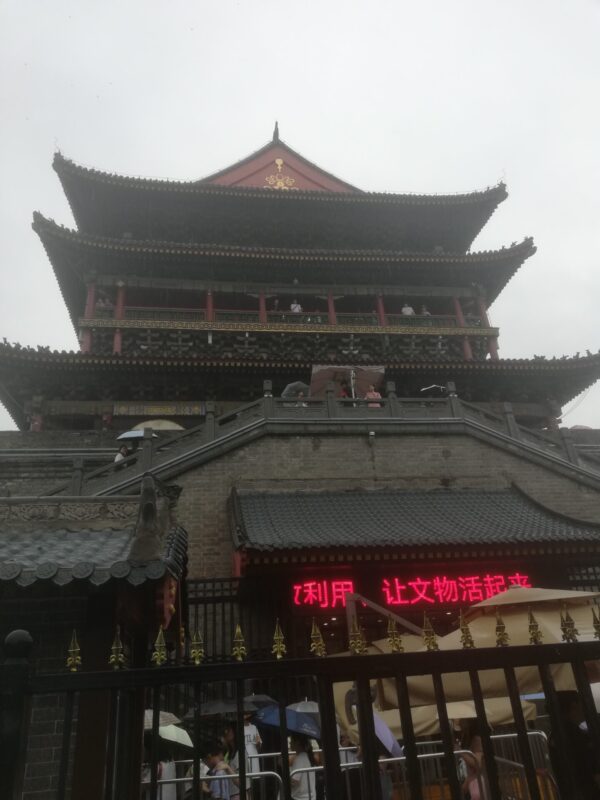
The Bell Tower
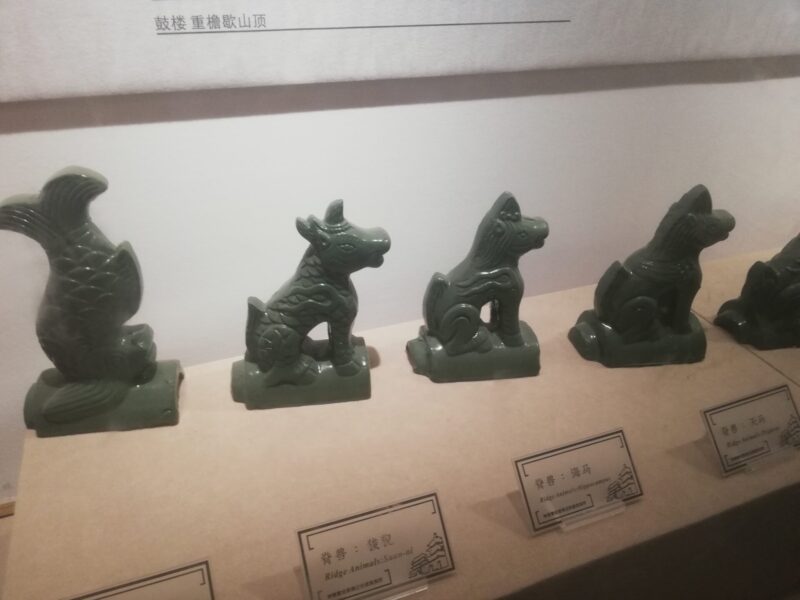
Replicas of carvings on the Bell Tower

Ceiling of the Bell Tower
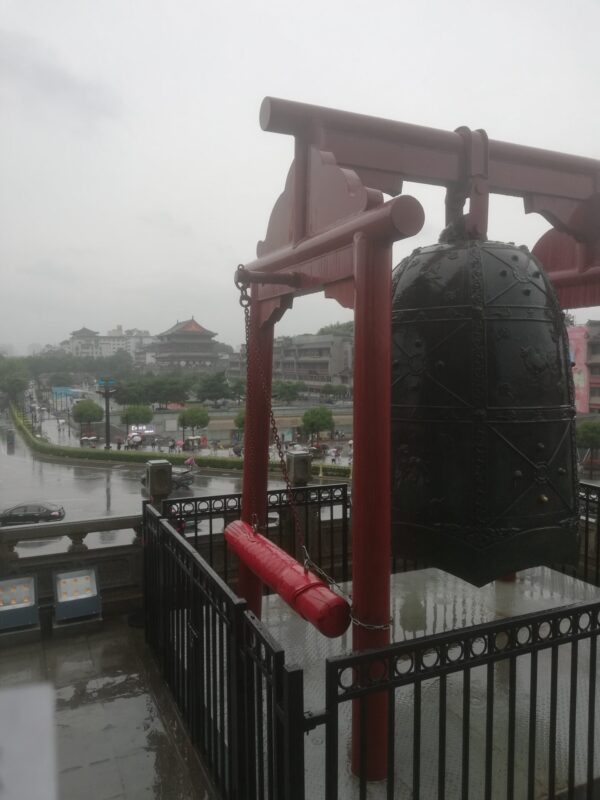
The Bell Tower’s bell


I don’t know what this is. The inscription is in Chinese

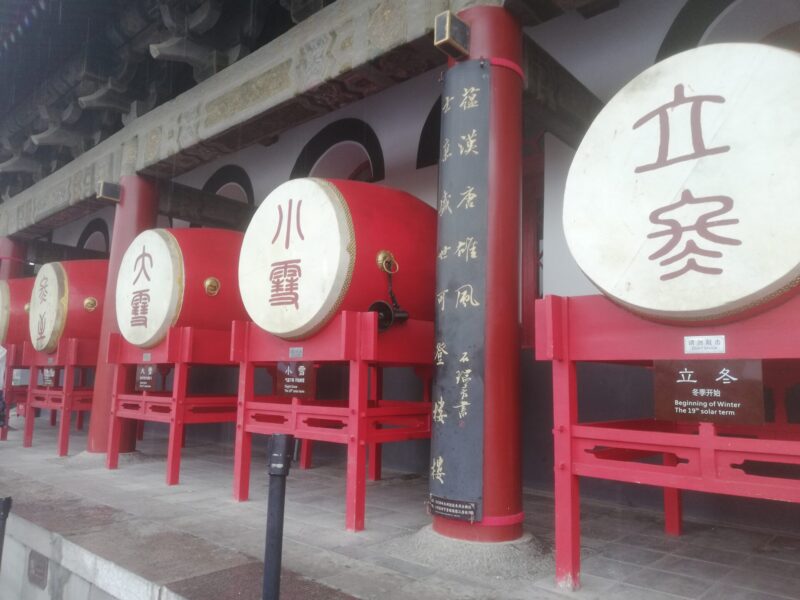
The Drum Tower
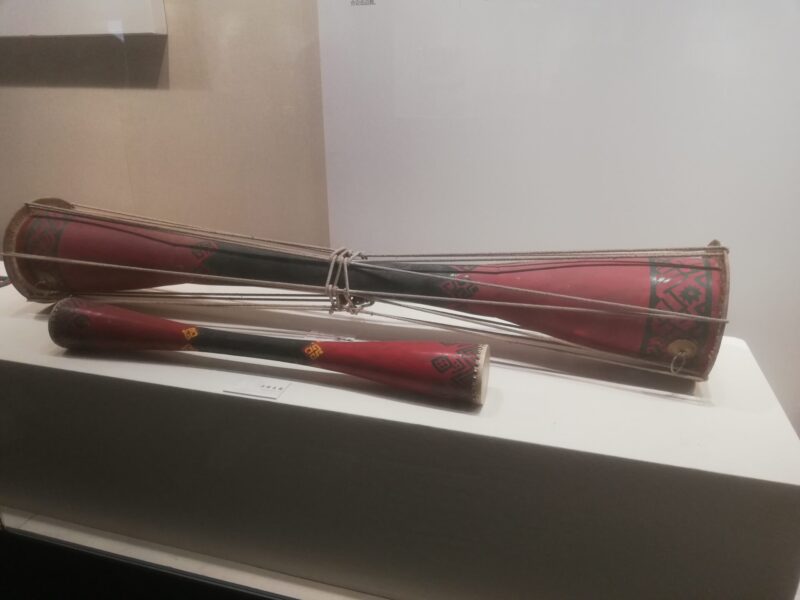
Drum in the Drum Tower
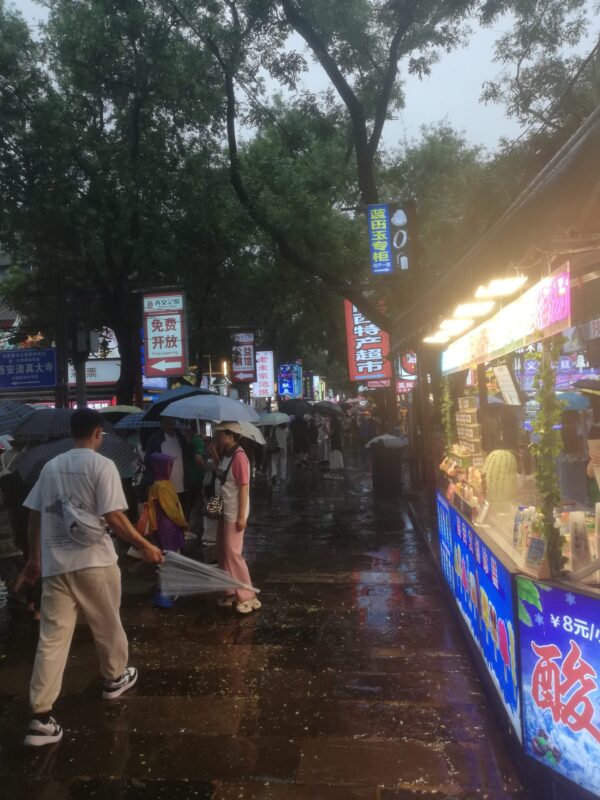
The Moslem Market
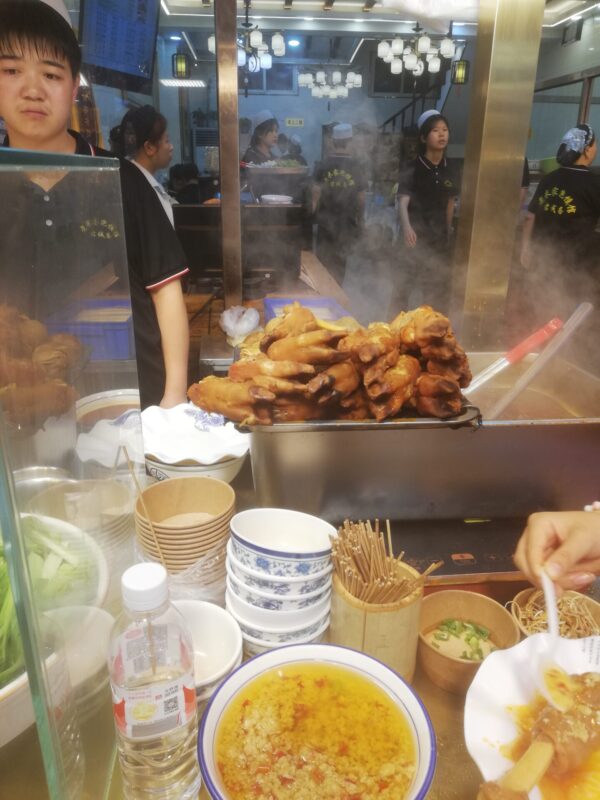
Fried pigs trotters
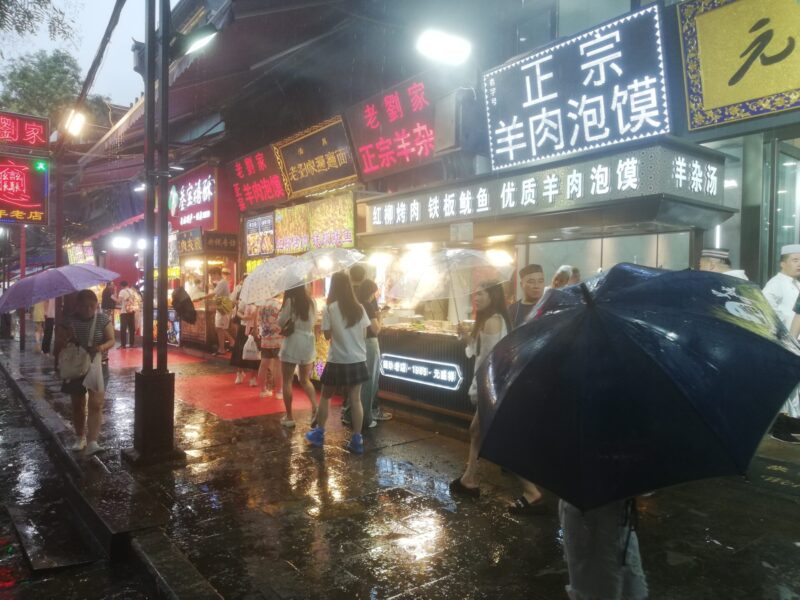
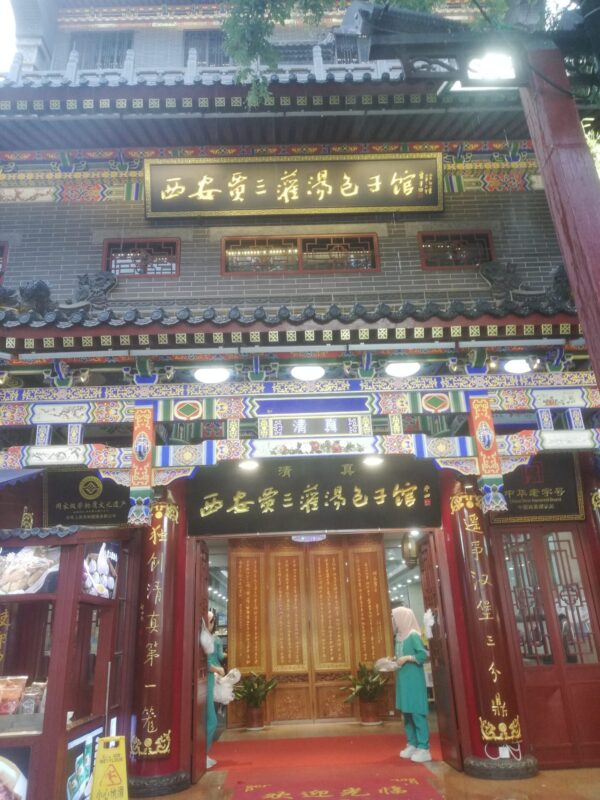
The restaurant we ate in in 2018
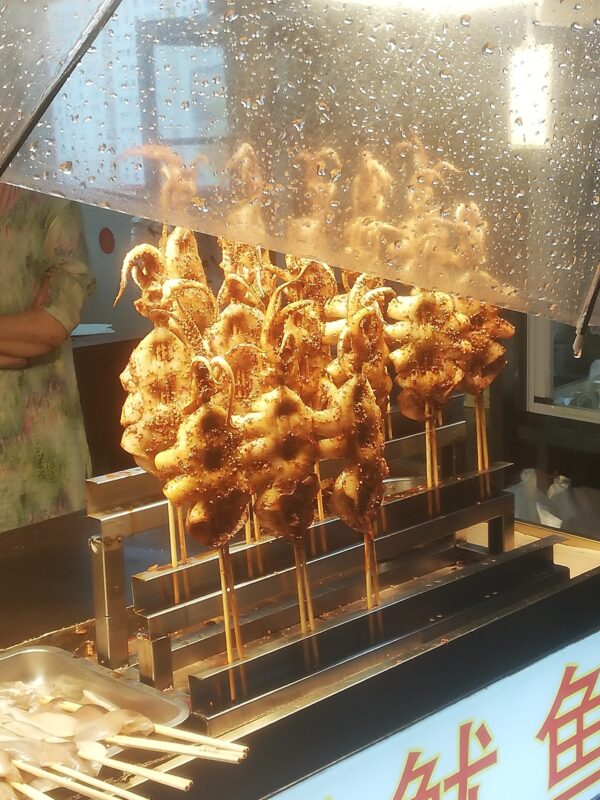
Fried squid